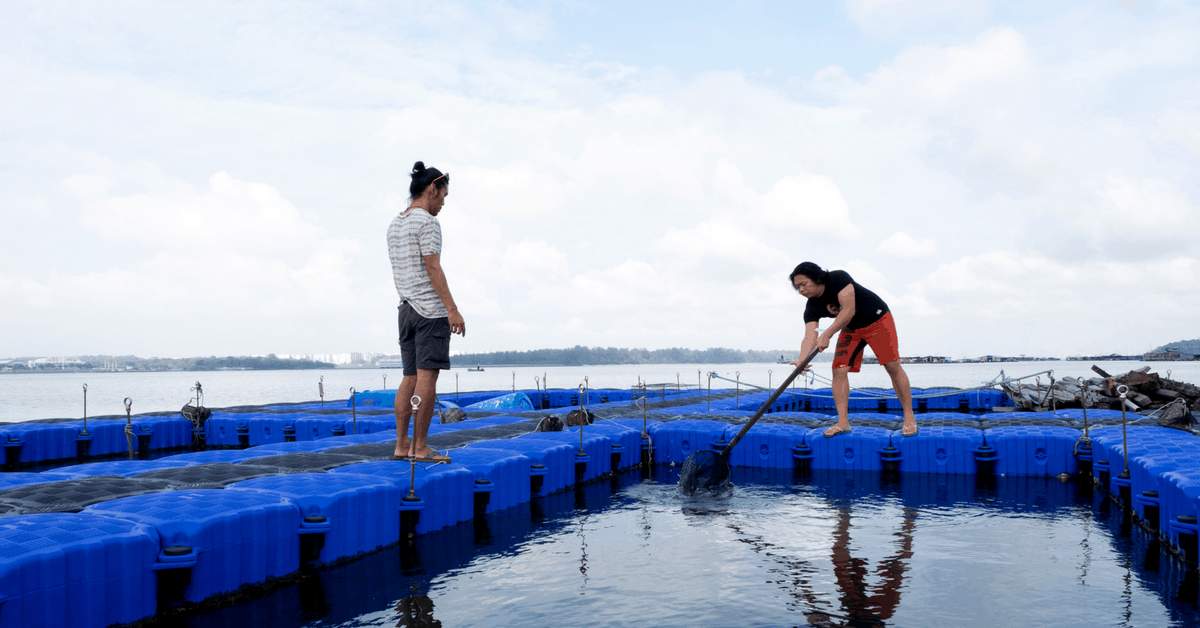The team behind Onhand Agrarian’s fish farm is a fairly small one, comprising of Shannon, Marcus, and Aleitheia.
Their goal is simple – to produce the best seafood organically with as little waste as possible.
Besides farming, the team offers a unique subscription service that delivers boxes of fresh seafood right to your doorstep.
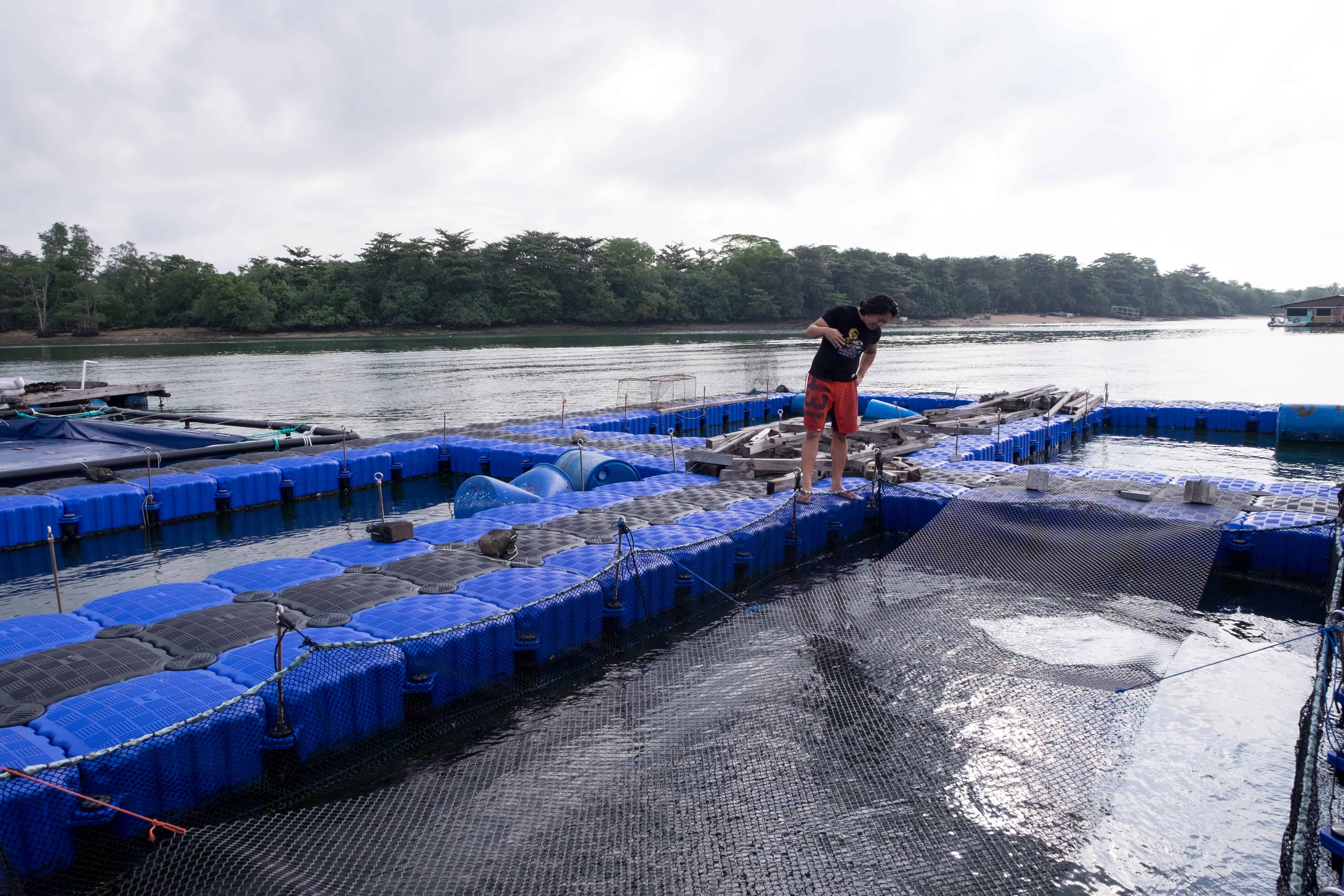
While the idea for the farms was there, the process of getting it up and running was much harder due to the stringent rules that were in place.
Based on the previous experiences of companies who tried applying through these channels, a majority of them had a 98% failure rate. Furthermore, of those who were given approval and passed the assessment process, only 2% of them succeed at successfully farming.
Shannon and his team found a way around this by approaching one of the farms that had failed and buying the farms over from them.
Experiencing Fish Farming Firsthand
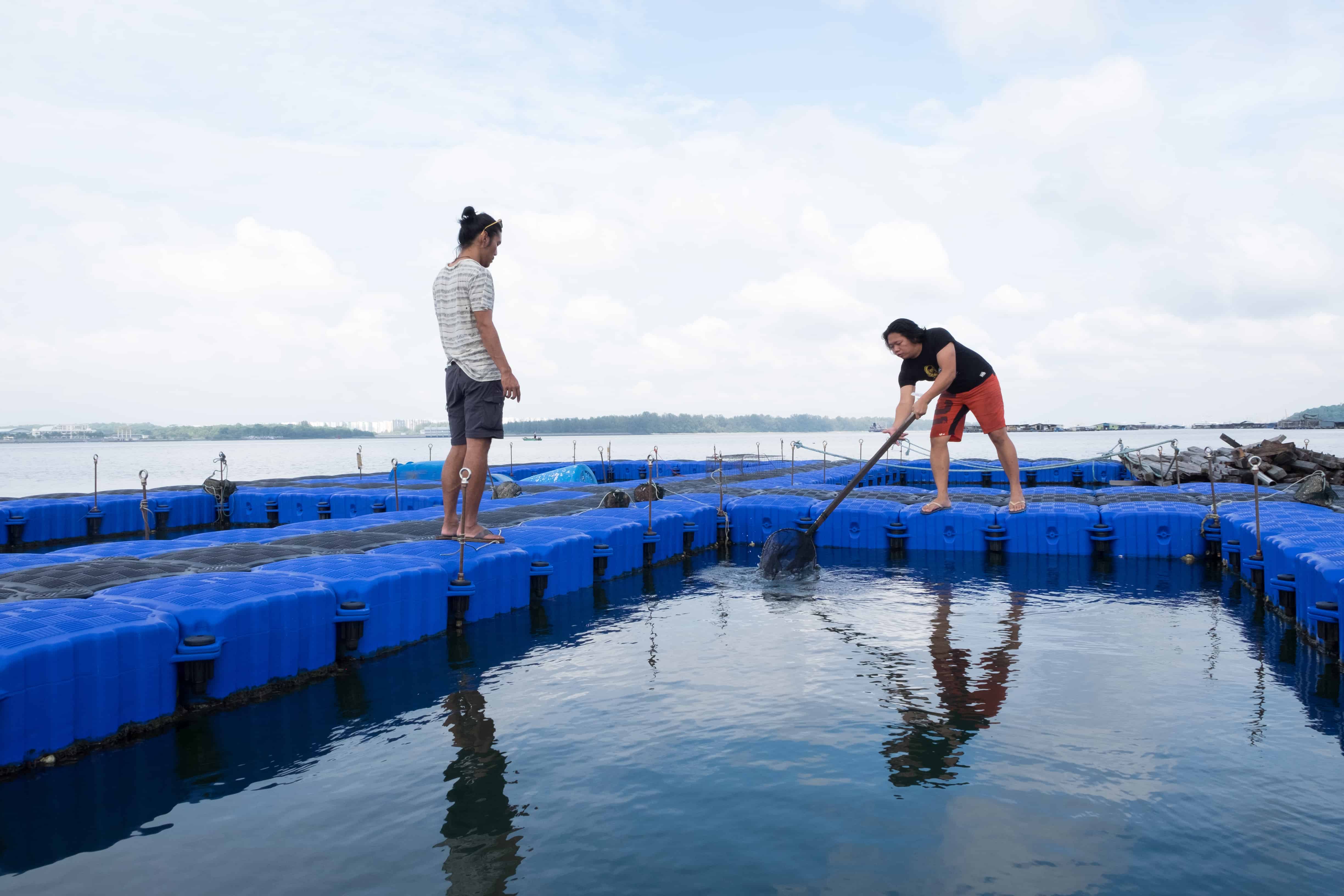
We set out to the fish farm on an early Friday morning. I was told that the team usually heads out every Monday, Wednesday, and Friday to check on the conditions of the farm – as well as feeding or ‘fattening’ fish already caught before they are ready to be delivered to customers.
The particular fish farm we were visiting on this particular Friday, was their farm located on the North East Coast of Singapore, snug between the mainland of Singapore and Pulau Ubin.
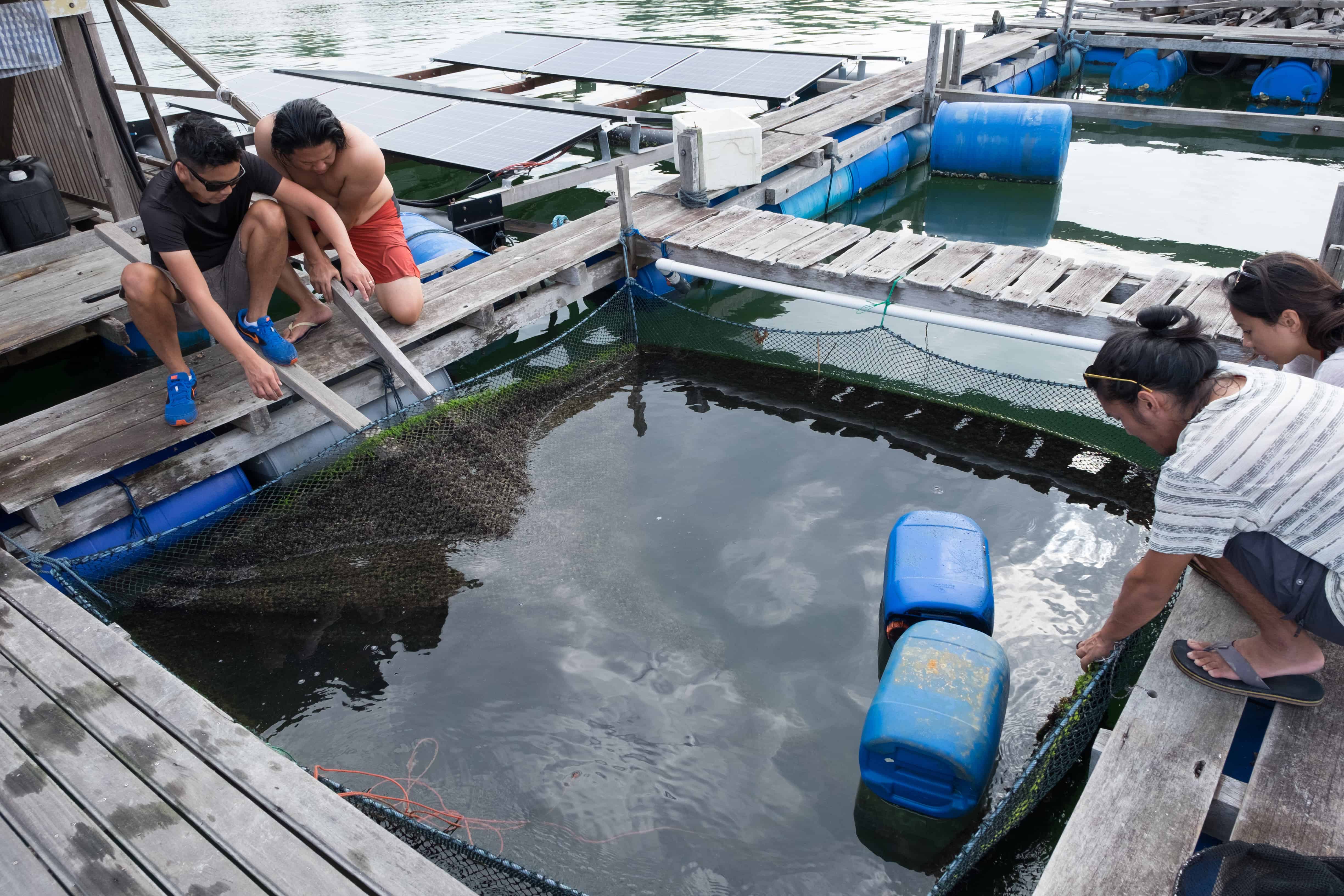
Constructed out of a simple set up and powered by solar energy, I could tell the team was trying to keep the structure of the farm as simple as possible – in other words, minimally disrupting the natural habitat of the fish.
The fish are fed on a strict diet consisting of what Shannon and his team choose to feed. Mussels and oysters are also kept within the same enclosure as they help to keep the water clear for the other fish.
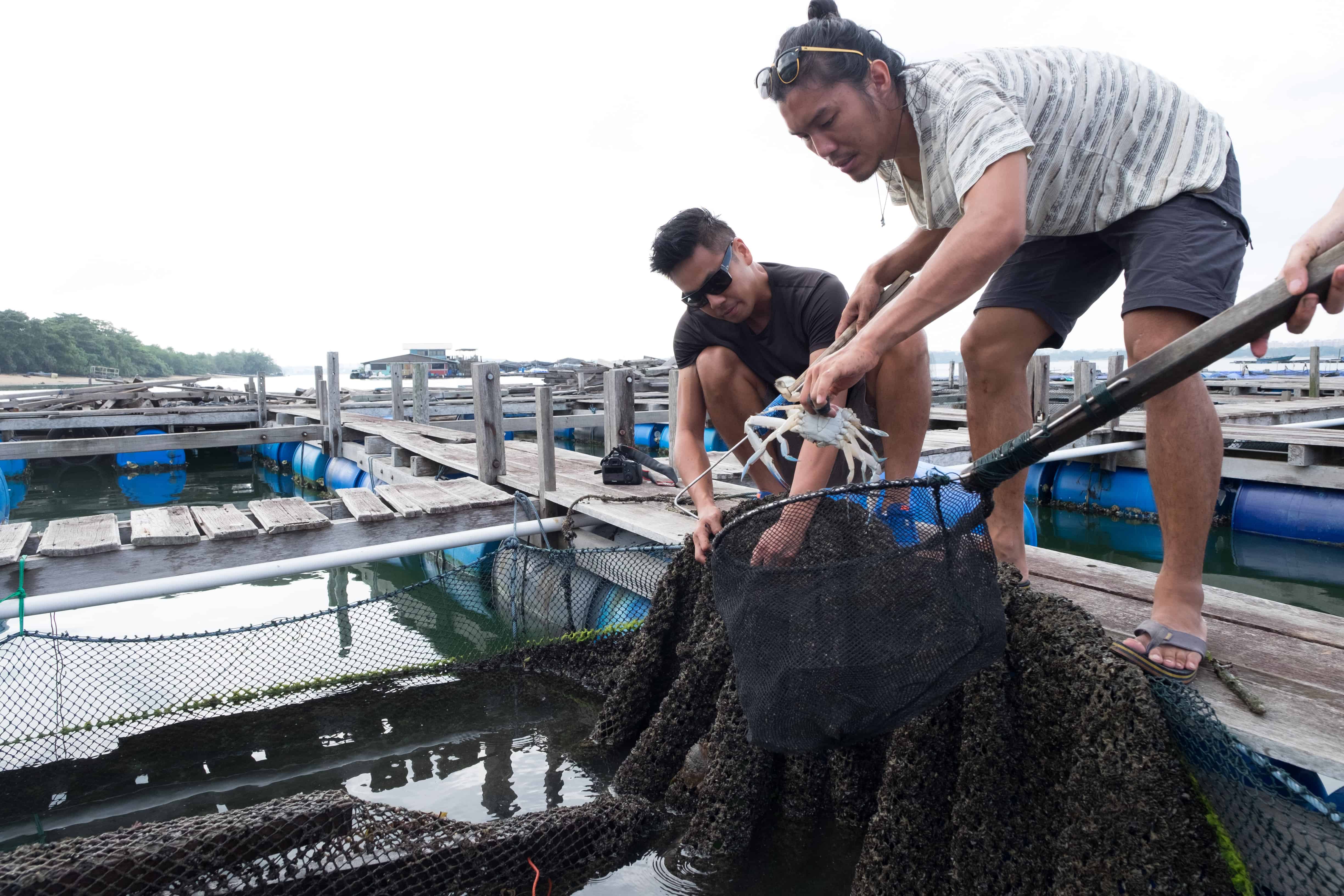 In return, the fish they catch are often given mussels to eat, while the prawns on their other farm in Dempsey are fed the extra and leftover beef or pork. This is to fatten them up before they are harvested.
In return, the fish they catch are often given mussels to eat, while the prawns on their other farm in Dempsey are fed the extra and leftover beef or pork. This is to fatten them up before they are harvested.
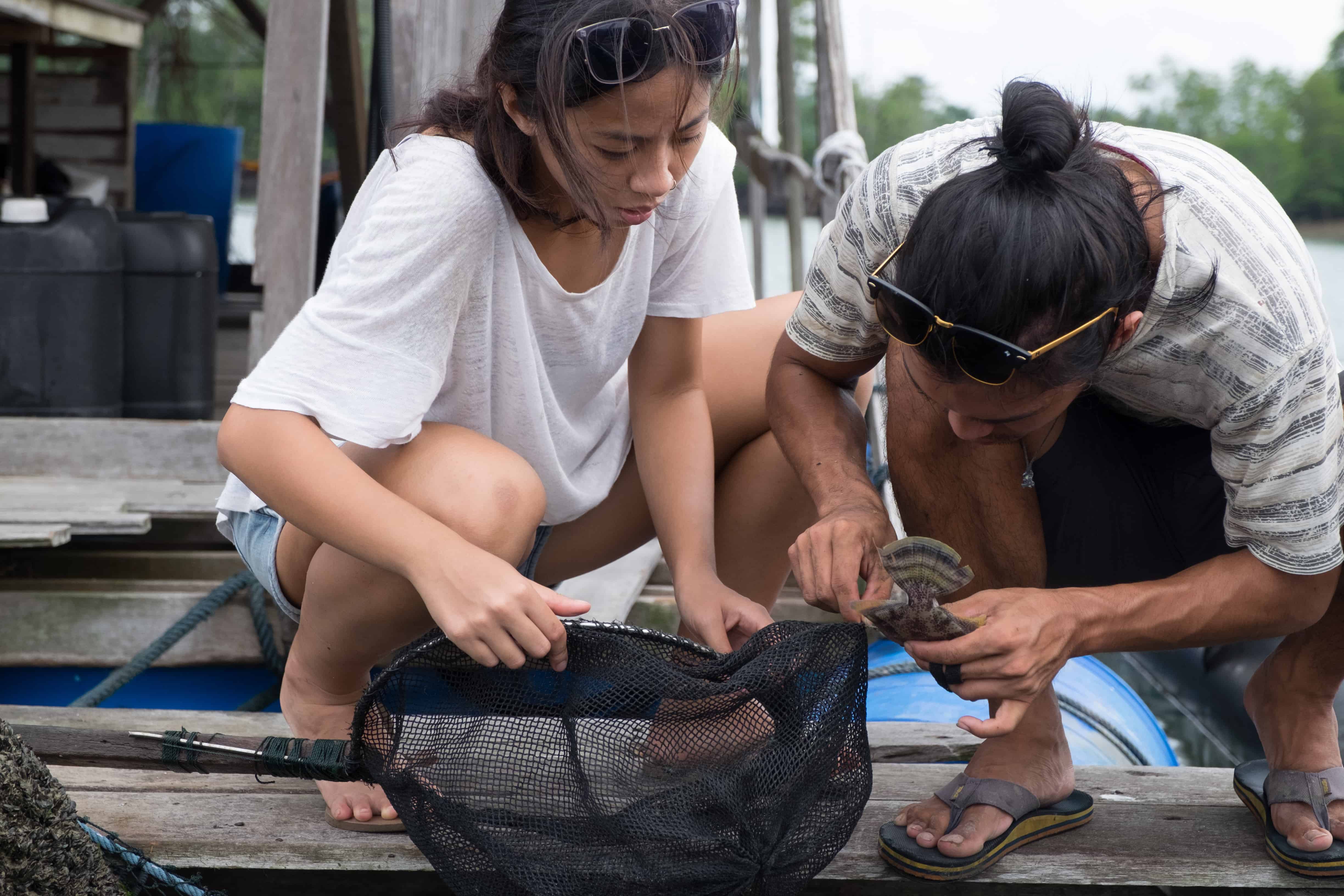
I watched as the team worked efficiently and systematically for two hours.
Female crabs were expertly and almost immediately identified so they could be returned back to the water. I learnt that they weren’t harvested so as to not upset the balance of the ecosystem.
The platforms and floating buoys were also left available for the marine life and crustaceans to grow. The team never harvested more than they needed for the day.
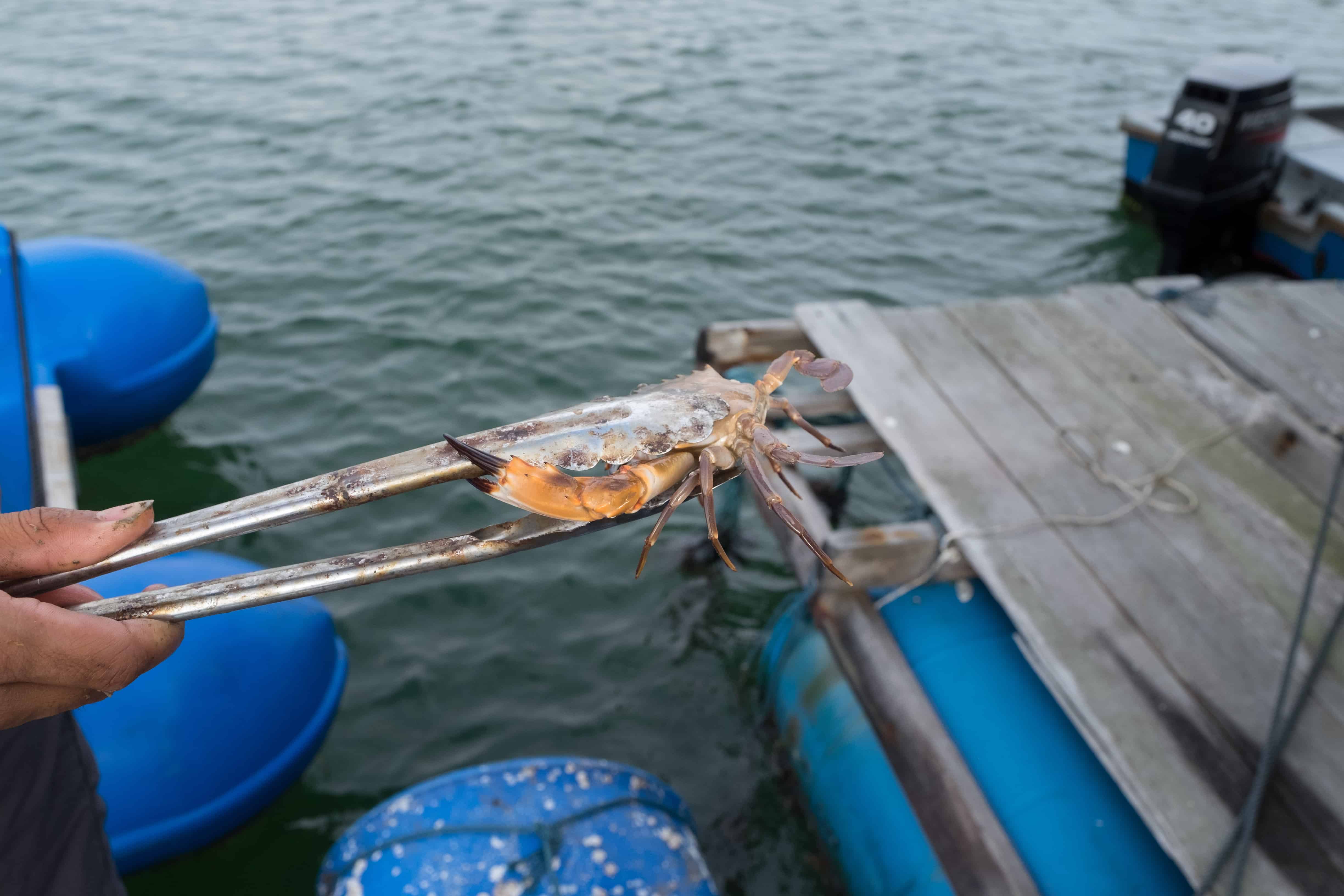
Shannon was clearly knowledgeable – he immediately identified the different species of fish and the type of conditions they were in. This, he says, was everything he learnt through his time spent out at sea or through professors and experts in the field.
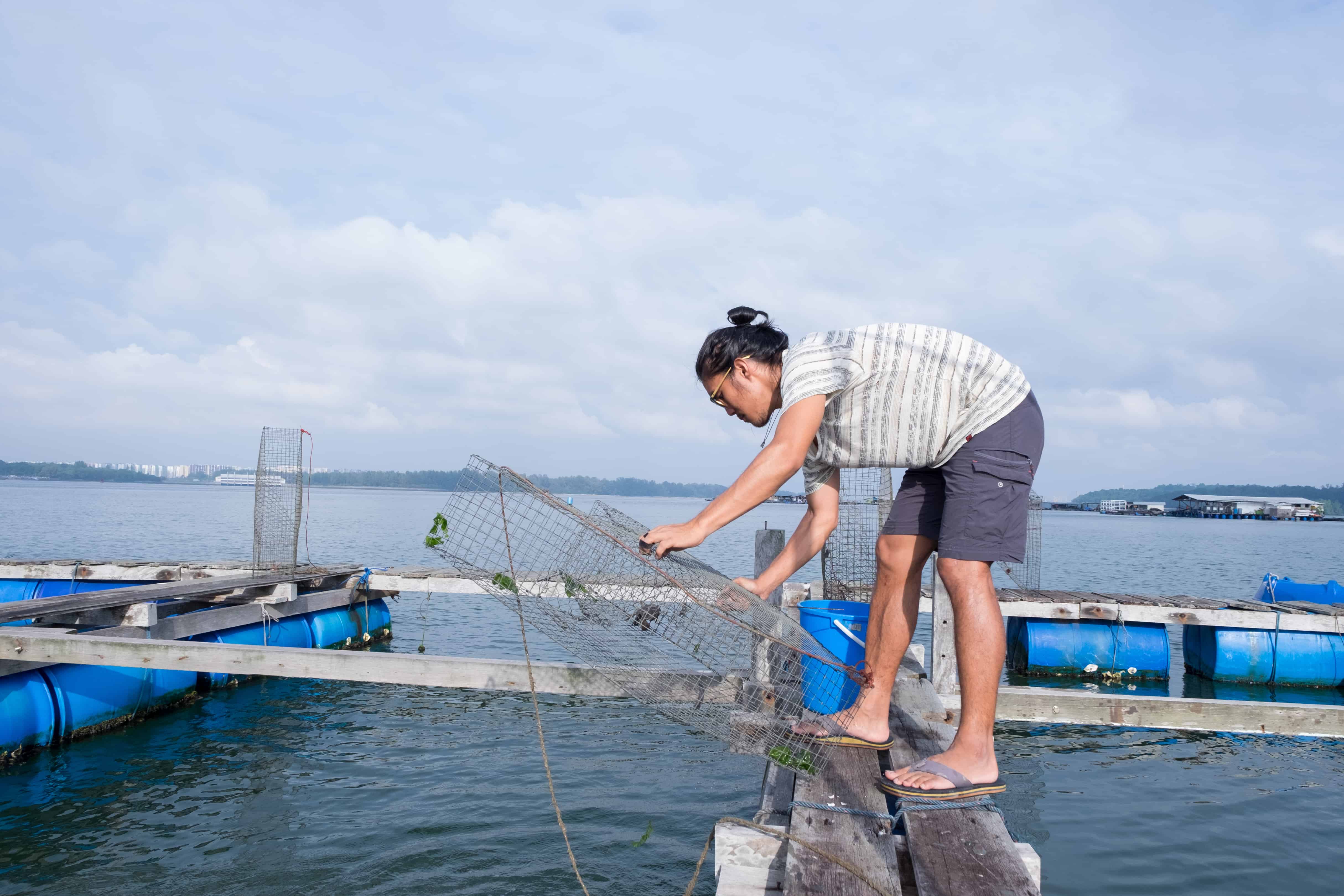
Soon after, we headed back to the mainland to make the delivery for the subscription box to Garang Grill, a restaurant located in the East which indicted their interest in signing up as a subscriber.
The team was kind enough to allow me the opportunity to sit in with them. To be honest, I was not sure what to expect prior to the meals being prepared.
Our taste buds are already accustomed to associating crab with chilli crab or similar styles of cooking. The way Jeremy – the head chef Garang Grill – prepared them was simple: baked in a wood-fired oven and served with sea salt on the side as optional garnishing.
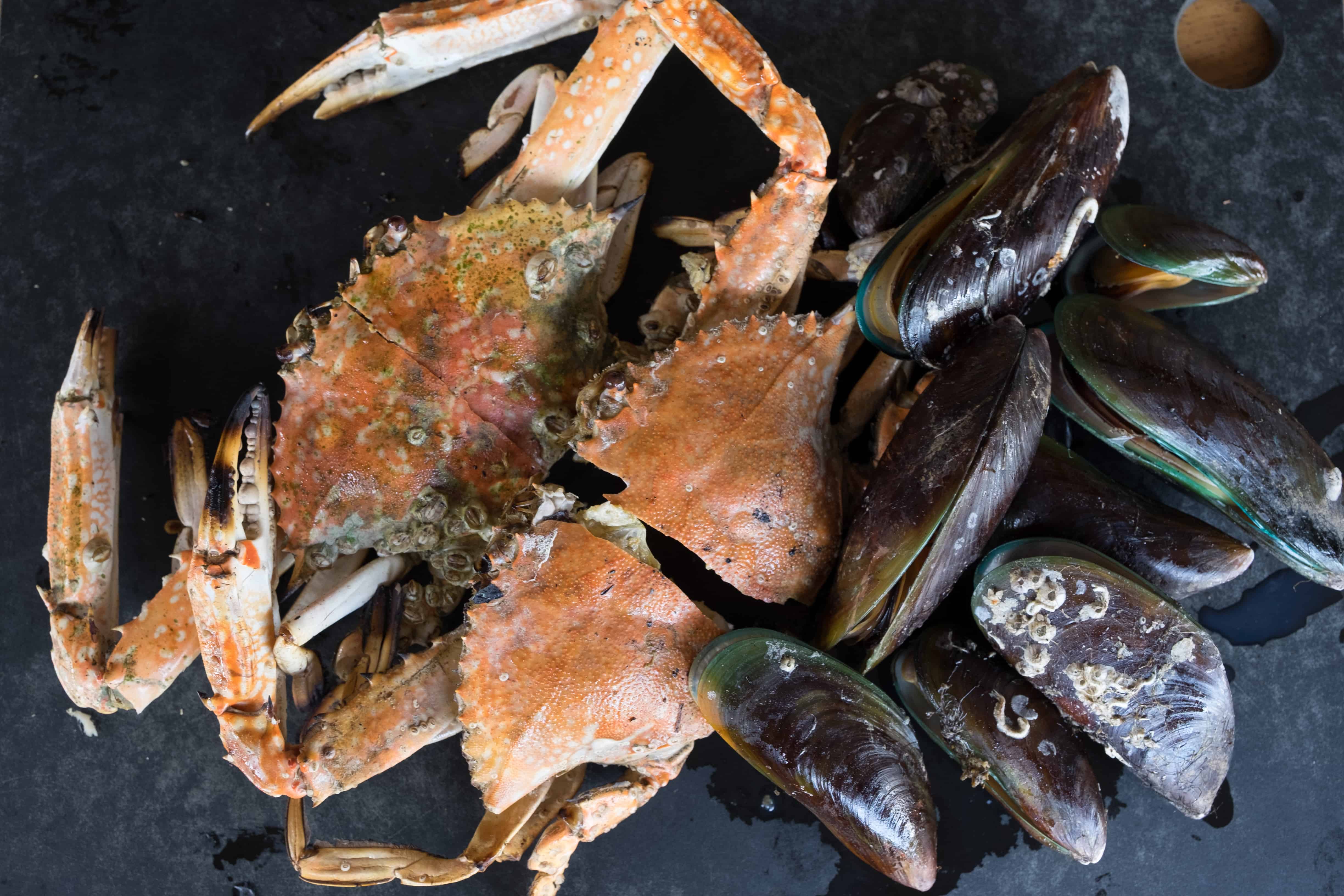
To my delight, their meat was extremely sweet, savoury, and tasted of the sea.
Contributing Through Other Ways
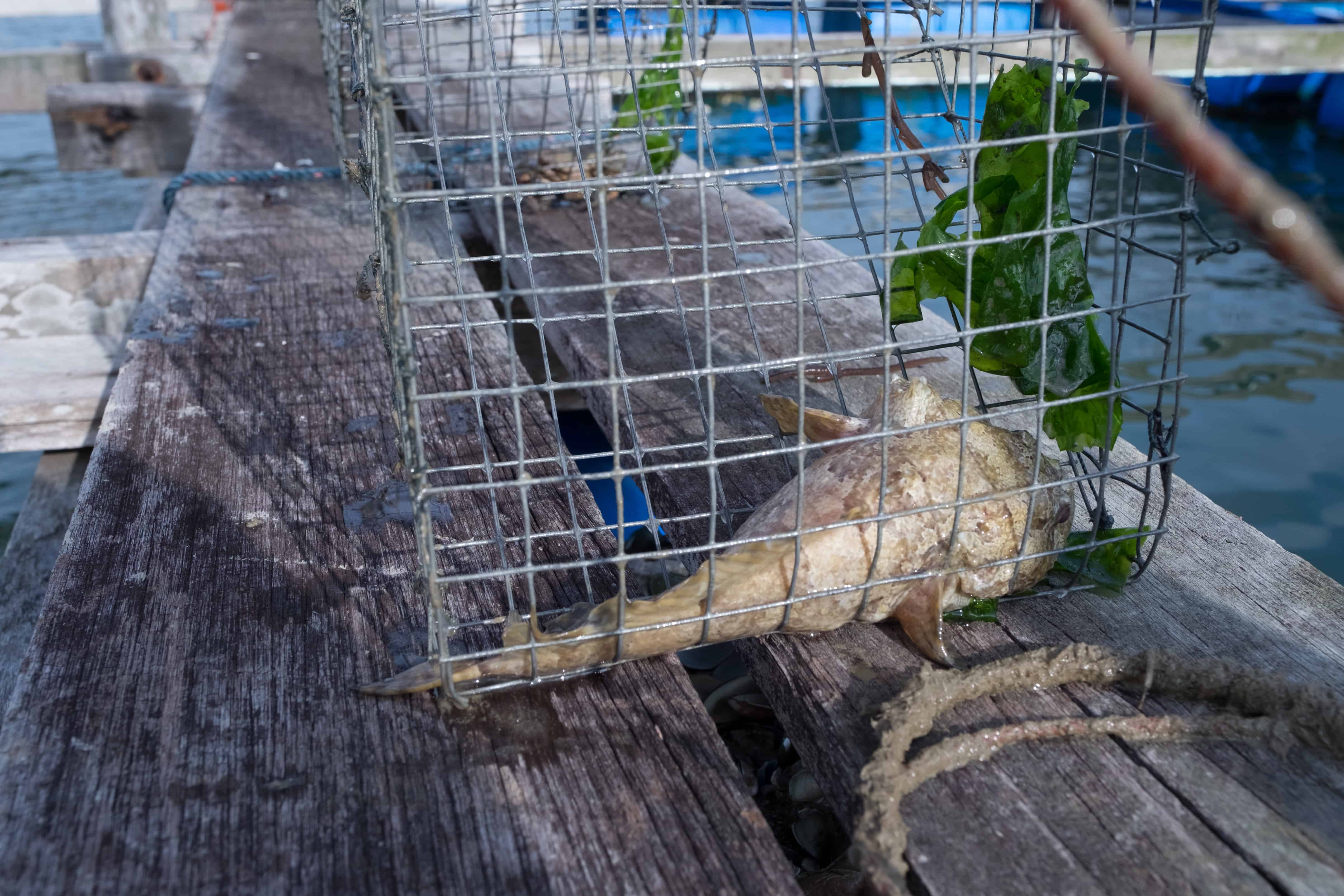 Onhand Agrarian also recently made rounds on social media, especially in Singapore nature Facebook groups for their rescue of three shark pups from a dental clinic in Tanjong Pagar. While the clinic was doing a relatively decent job at keeping the sharks healthy, the team stepped in to provide further assistance.
Onhand Agrarian also recently made rounds on social media, especially in Singapore nature Facebook groups for their rescue of three shark pups from a dental clinic in Tanjong Pagar. While the clinic was doing a relatively decent job at keeping the sharks healthy, the team stepped in to provide further assistance.
The sharks are currently being taught basic survival skills such as hunting for their prey. In the future, Shannon and his team plan to let them live on a private marine reserve that he is currently building, 300km west of Sumatra.
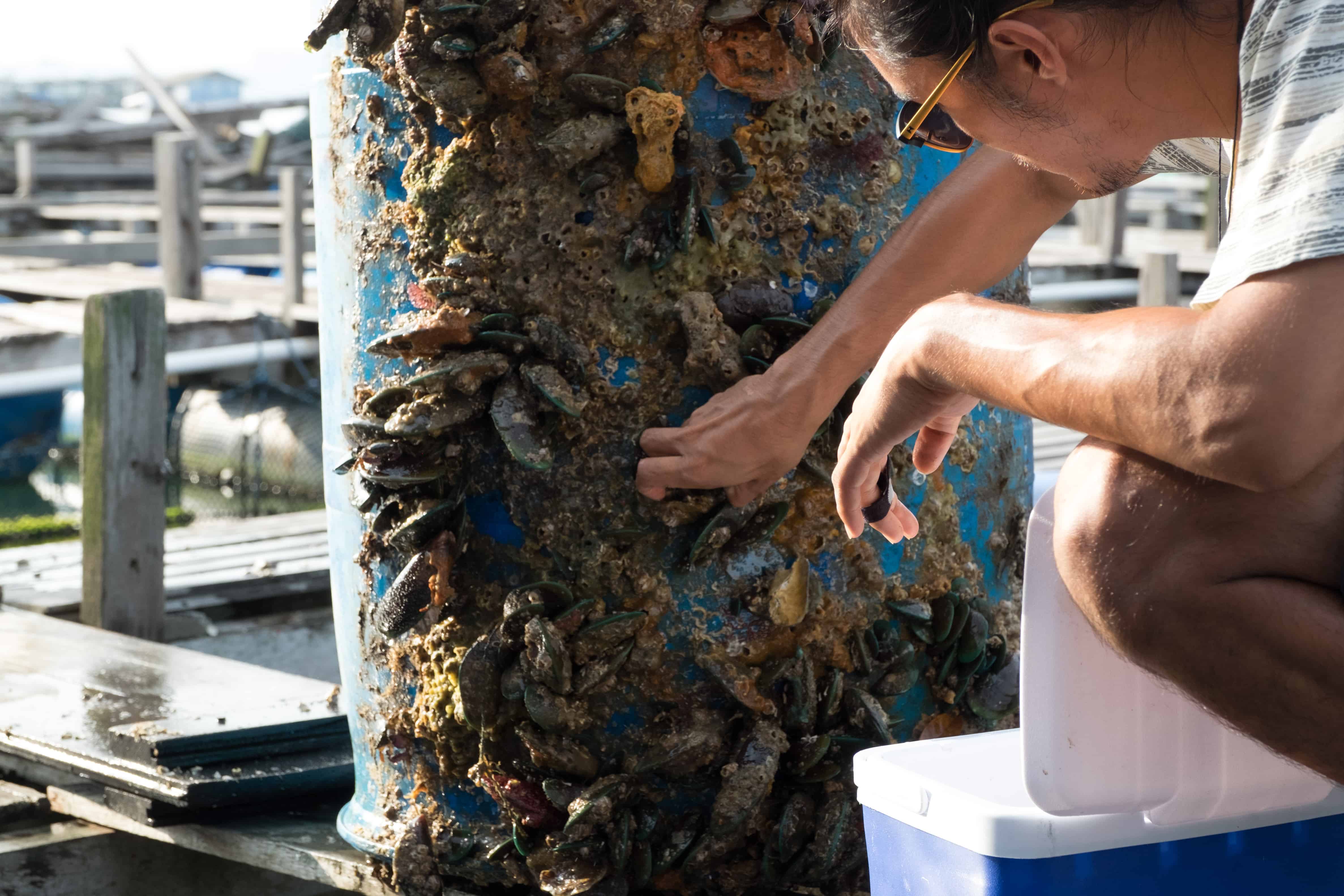
Other than saving marine life, rearing fish and farm animals, Onhand Agrarian also conducts outreach and education programmes to schools or for anyone who is interested in this specific topic.
This not only allows the public to gain a better understanding of where their food comes from, but to witness first hand how farming is conducted.
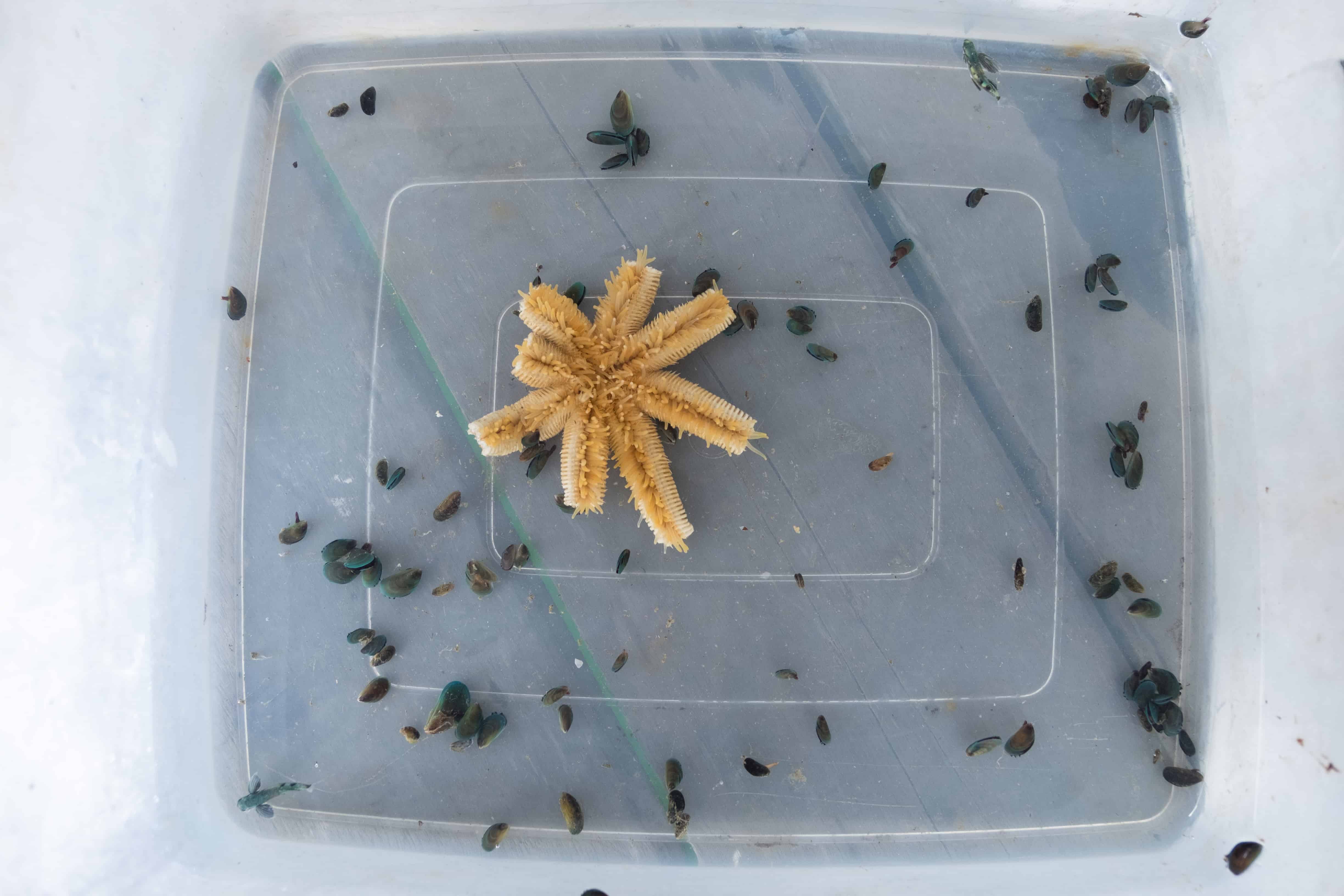
Shannon and his team also work together with fellow experts in the field, such as James Cook University’s Professor Neil Hutchinson. The team often sends Professor Hutchinson their most interesting find of the day.
After he has hatched or bred them for his students, the marine creatures are returned safely to Onhand Agrarian, who then release them back into the sea.
What You Can Do To Help
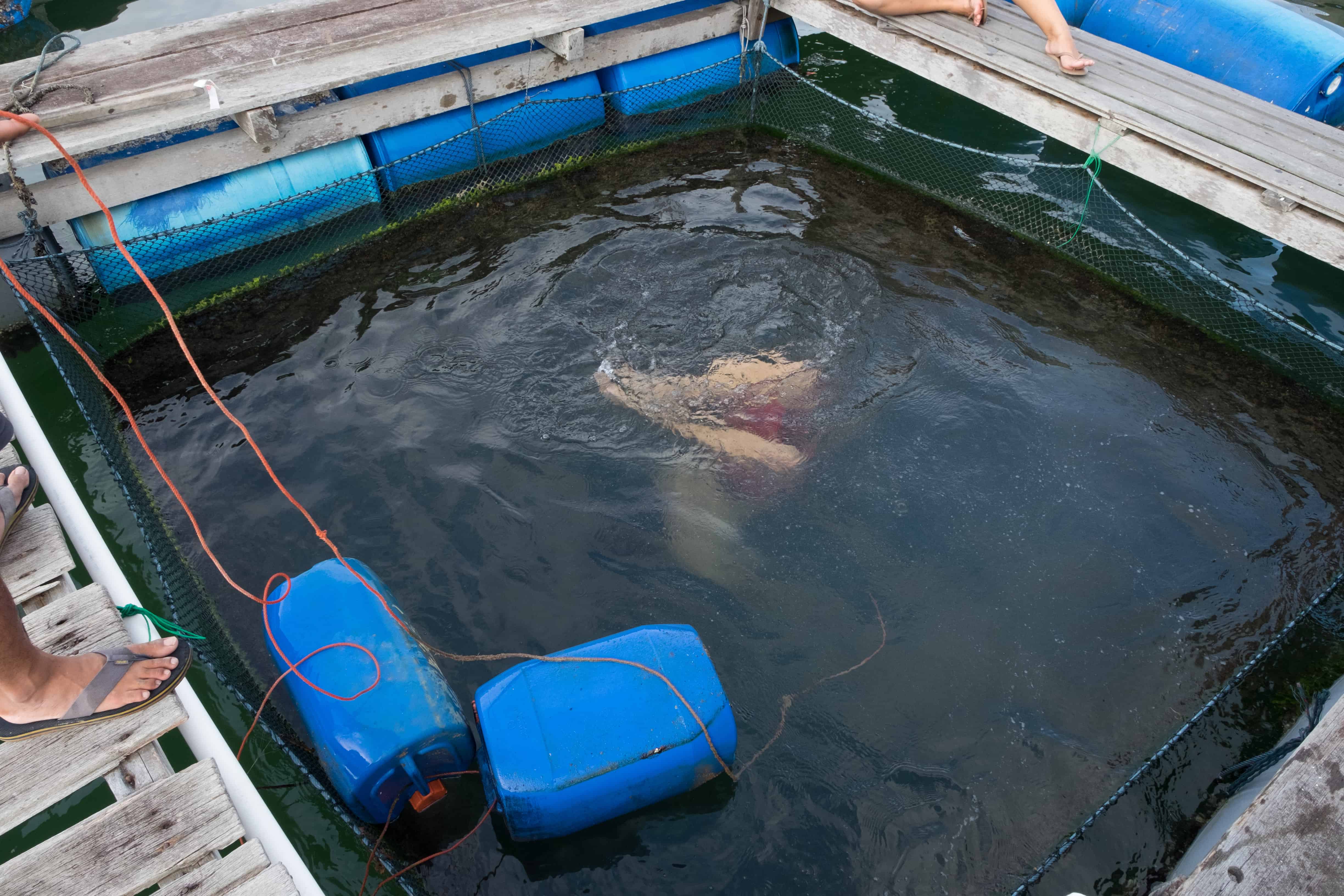
Throughout the time I spent with them both on land and at sea, I was heartened to have experienced an opportunity to simply step back and watch a group do work they were genuinely passionate about.
I could tell that the team’s first and foremost priority is the animals that they work with. They were also continuously talking about ways to improve their farming while maintaining the ethical codes on which Onhand Agrarian has been built upon.
Without a doubt, this has led to a deeper sense of appreciation for farmers alike who work tirelessly to bring quality produce to our table.
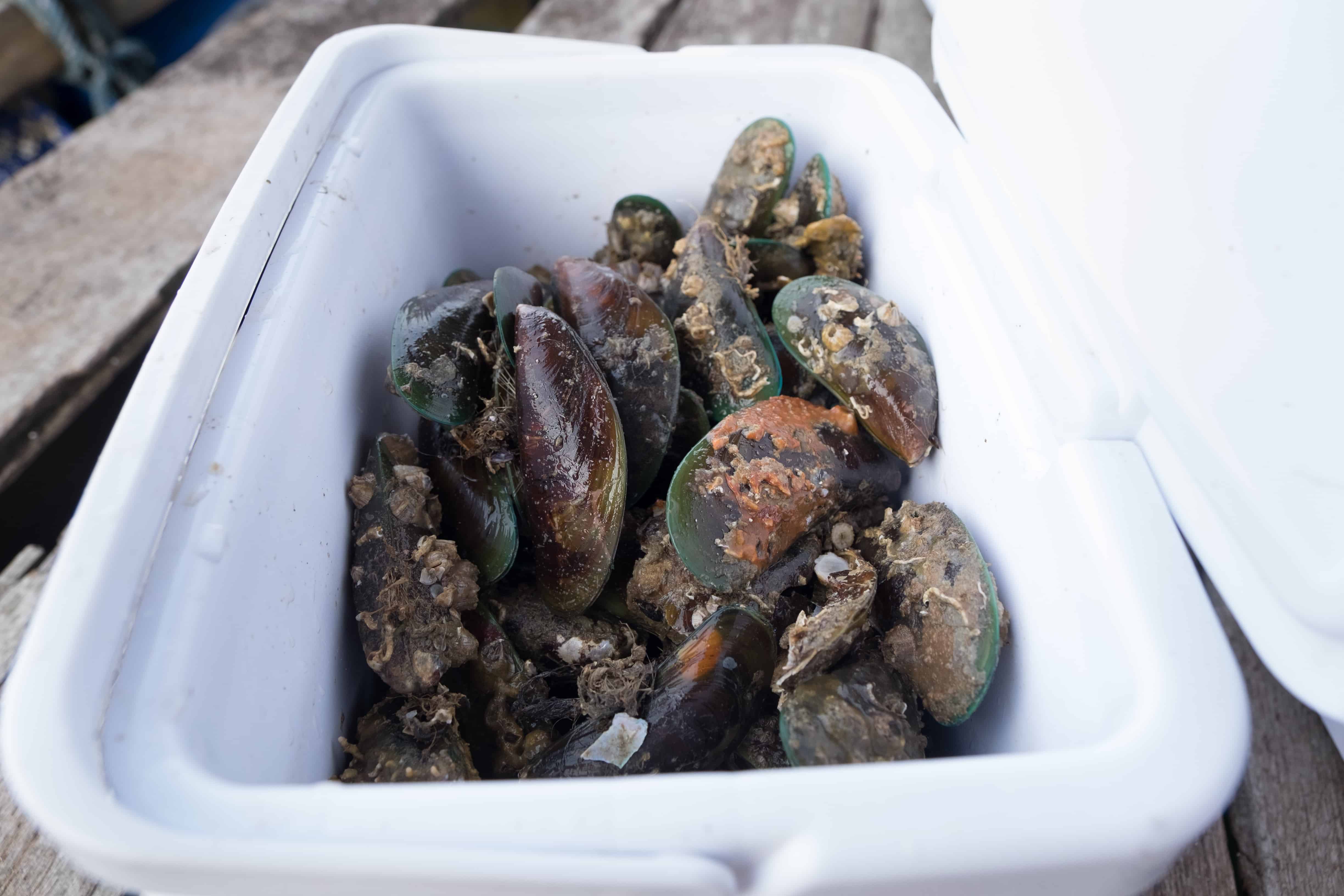
Members of the public can help by subscribing to Onhand Agrarian. As a subscriber, you will be entitled to a subscription box, an assortment of fish and crustaceans, delivered to your doorstep.
Delivery takes place one a month or depending on the frequency or how often one would require the delivery.
Not only would you be able to treat your family and loved ones to the freshest seafood available, subscribing to these boxes also means doing your part for a greener environment.
Click here to find out more.







